What is Finland DNA Ethnicity on Ancestry?
The results of our AncestryDNA tests may sometimes be what we expect or on occasion may be a big surprise. Either way, often we need a little more information regarding some of the regions that arise in our ethnicity estimates.
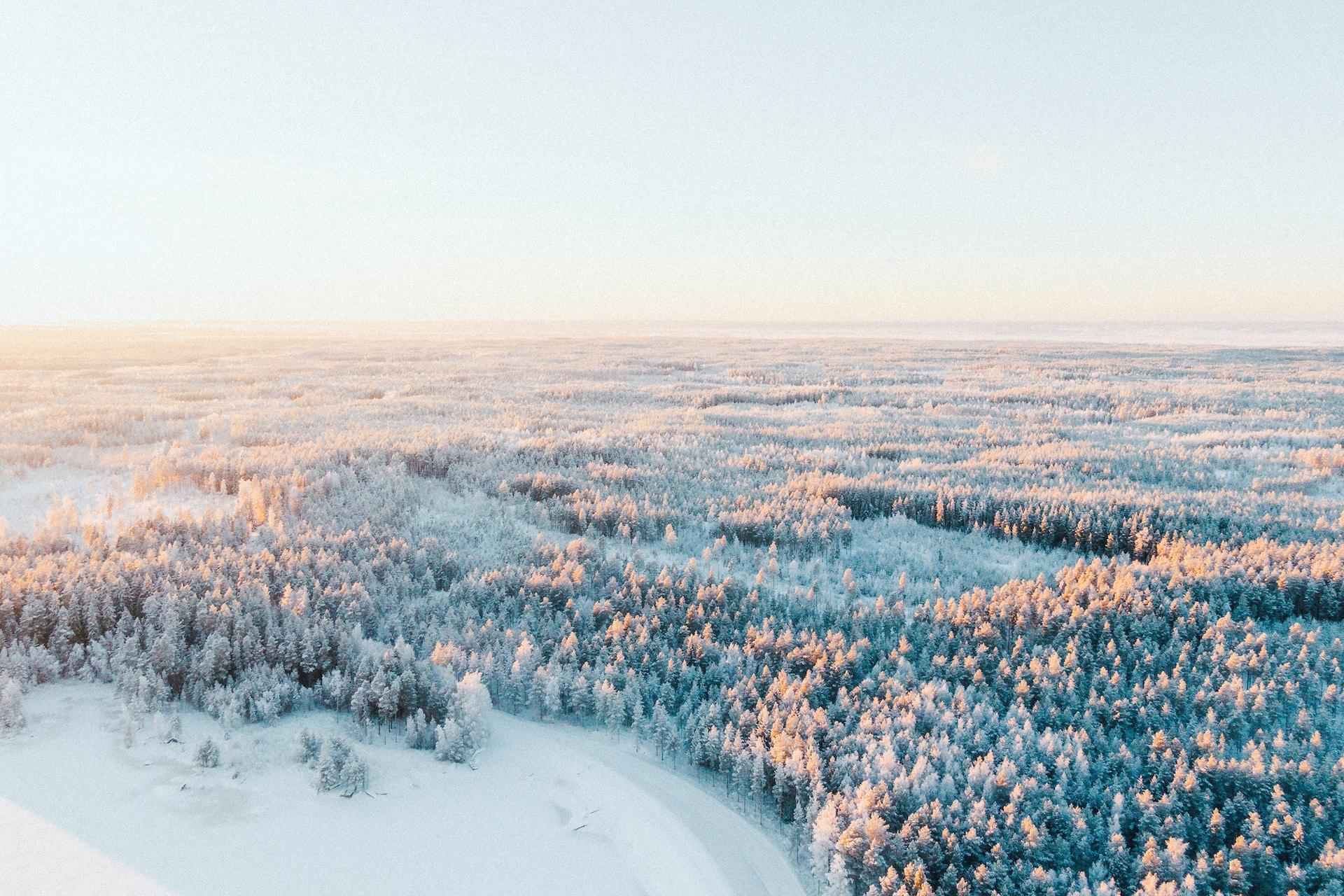
One region that is not at all uncommon is the Finland DNA region. Those who still live in this region already understand all about its history and culture. There are others, however, who may never have even visited or in fact been aware that they have ancestors from that area.
In this post we will go into more detail with regards to the history, geography and culture of the Finland region. We will also discuss what it means to be from this region and how easy or difficult it might be to trace our roots in the Finland Region.
What Is the Finland DNA Region?
The Finland DNA Region is based in Scandinavia and is located as the name would suggest mainly within the nation of Finland. It is a large region which also bleeds over into the neighboring nations of Russia, Sweden and Norway.
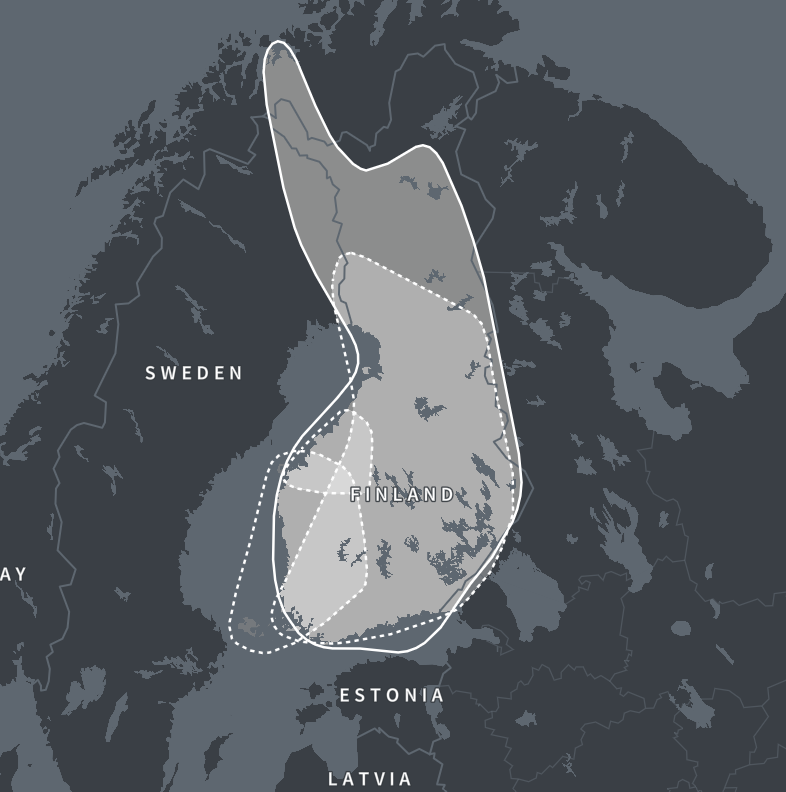
Finland DNA Region Subregions
This large Scandinavian region is also home to three subregions which each have several further community regions within them. These subregions can be beneficial for those researching their family history in the region as they can help pinpoint more precisely where in the region your ancestors may have originated.
Central & Southern Finland
The Central & Southern Finland subregion covers the entirety of the main Finland region. This large subregion has 11 different smaller subregions of its own which are:
- Eastern Finland
- Finland–Sweden Border
- Kainuu & Kuusamo Vaaramaa
- Lake District & Southwest Finland
- Lapland, Finland, Northern Sweden & Northern Norway
- North Finland & the Sami Lands of Norway & Sweden
- Northern Ostrobothnia
- Oulu & Eastern Finland
- Oulu Region & Kainuu
- Southern & Eastern Karelia
- Southern Lapland
Ostrobothnia, Central Ostrobothnia & South Ostrobothnia, Finland
This region consists of a small area in the central southwest of Finland ranging from Kalajoki in the north to Lehtimaki in the south. It is a smaller region but still has three distinct subregions of its own which include:
- Central Ostrobothnia
- Northwest Southern Ostrobothnia
- Ostrobothnia, Northern Coast
Western Finland
The Western Finland subregion consists of an area on the southwestern tip of Finland and further west to the Aland Islands between Sweden and mainland Finland. This region has no fewer than 11 subregions which include:
- Central & West Southern Ostrobothnia
- Central Southern Ostrobothnia
- North Western Pirkanmaa & South Ostrobothnia
- Ostrobothnia & the Åland Islands
- Satakunta, Pirkanmaa & Southern Ostrobothnia
- Satakunta, Pirkanmaa & Southwest Finland
- South Southern Ostrobothnia
- Southern Ostrobothnia, Northern Satakunta & Northern Pirkanmaa
- Vaasa & Korsholm
- Vaasa Coast
- West Coast of Finland & the Åland Islands
Finland Region History
Prehistory of Finland
It is thought that the region we know as Finland today was settled some time around or prior to 8,500 BC. This was during the stone age towards the end of the last glacial period. Based on artifacts the first known settlers of the region seemed to share commonalities with the peoples of Estonia, Russia and Norway.
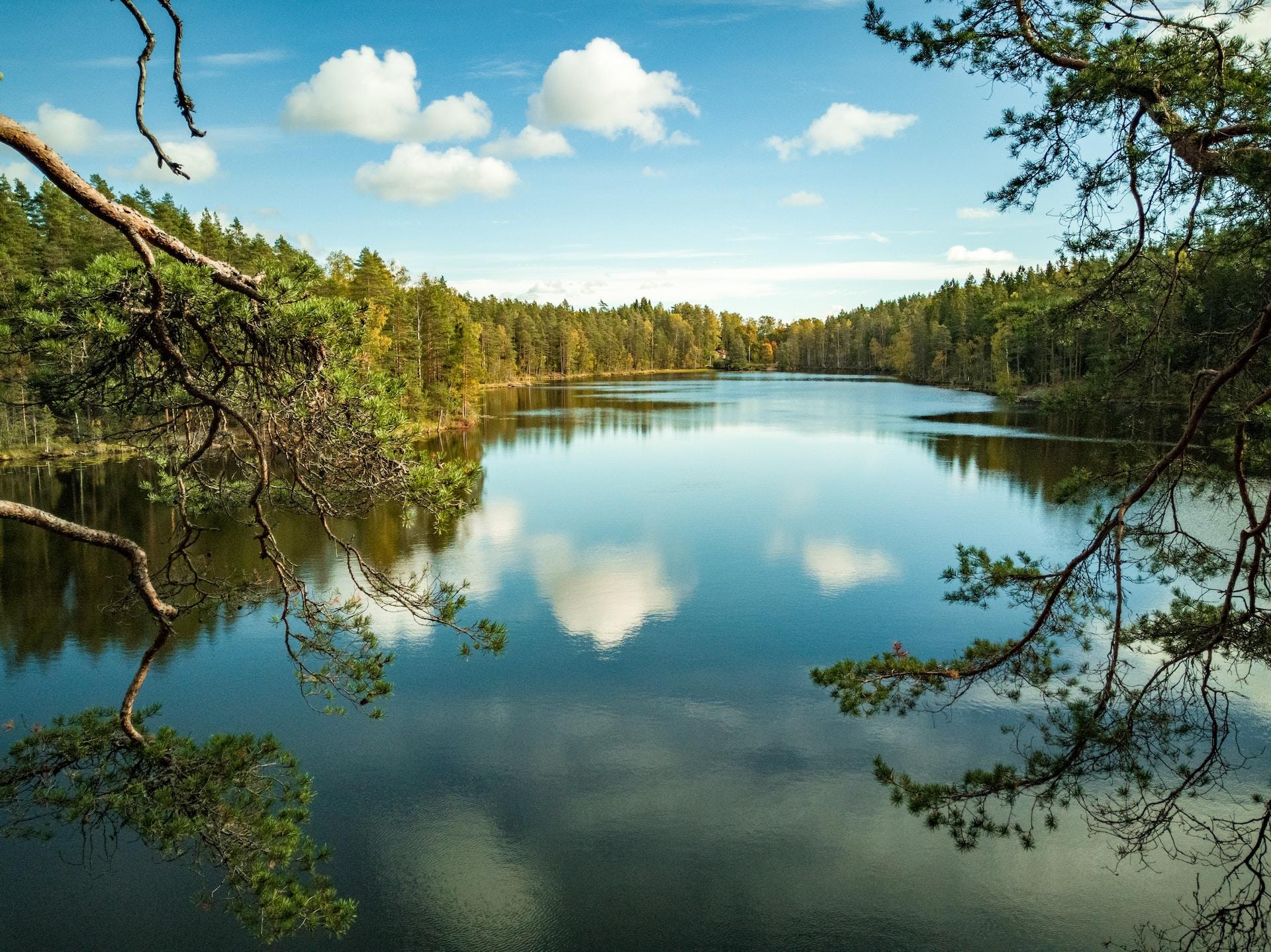
The earliest peoples appear to have been hunter-gatherers much like the groups who were inhabiting Sweden and Norway around the same time. They were using stone tools in their daily life.
Corded Ware Culture
It was between 3,000 – 2,500 that the Corded Ware culture arrived in the southern coastal regions of Finland. This would also coincide with the beginnings of agriculture in the region. There was not however a huge shift away from hunting for subsistence.
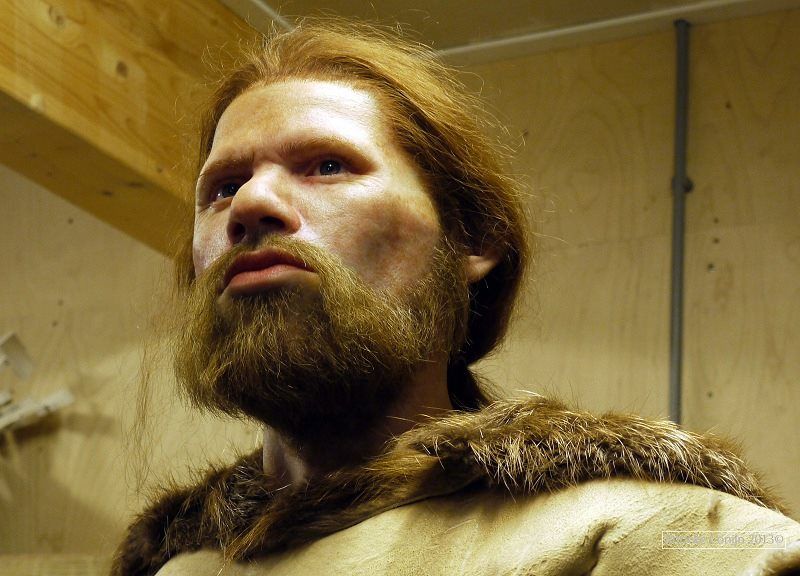
Permanent all-year-round cultivation and animal husbandry didn’t arise until the Bronze age. The lingering effects of the cold climate phase made it impossible to do so prior to this time.
Growth and Trade
The Finland region saw significant population growth and increased prosperity during the Iron age. This was in part thanks to commercial contacts in the Baltic Sea region. During the 8th and 9th centuries trade in furs, slaves, castoreum and falcons with the courts of Europe helped the nation grow.
The Vikings
In the neighboring nations of Norway and Sweden a practice of Viking or raiding became very common but this was not something that took hold in Finland despite evidence of a clear connection between the three nations.
The Finnish interacted with the Vikings and were often the victims of raiding but did not really have a Viking culture of their own. They did, however, hang onto their religious practices longer than the Viking nations. Christianity does not appear to have been of considerable impact in Finland until the 11th century.
It was an isolated country during the Viking era only really interacting with Sweden and Norway for the most part. Farming didn’t really develop until the Viking era in Finland with settlers mainly surviving on hunting and fishing. In the north of Finland, most people lived a nomadic lifestyle much like the Sami of Norway but were distinctly not related to this group.
How Did You Get Finland Region DNA?
If you already know that you had family who came from Finland or any of the bordering states then you know why you have Finland region DNA. If this result came as a surprise you may not know how exactly you came by DNA from this region.
If you have a sizable percentage of DNA from this region then it is likely you have an ancestor who was born in or close to the country of Finland.
Is the Result Accurate?
When it comes to ethnicity estimates the higher the percentage you have from a certain region the more likely it is to be accurate. If your percentage is low, however, then it is harder to pinpoint exactly where your most recent ancestors came from.
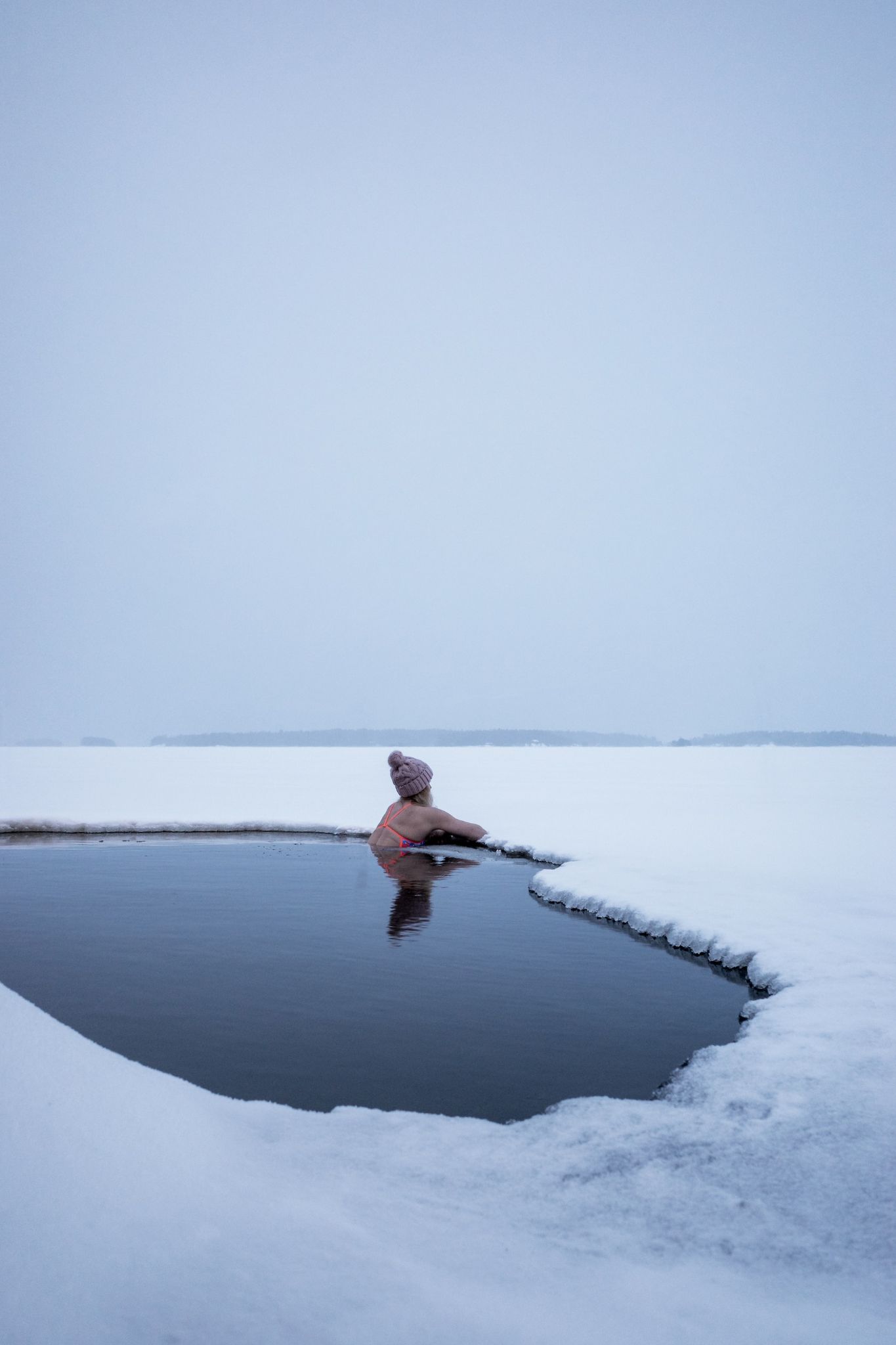
A low result could mean a distant ancestor from that region. It is best to focus on your highest rated region's matches to determine where your ancestors came from more recently. A low percentage can often be hard to locate because the ancestor in question could be many generations back in your tree.
How to Research my Ancestry from These Regions
The results of a DNA ethnicity test are of course a great place to start especially if there is an unexpected result found in the report. As always of course the DNA cannot tell the whole story and we need to actually do the research work.
A percentage on an ethnicity estimate means very little unless you follow through and start building up your family tree. The relevant ancestors may be several generations back and it may take a lot of research to discover who they were.
If you have specific regions mentioned in your report then you have a good idea of where your ancestor may have originated from. Ancestry DNA even has migratory information from some of these regions through to the final settlement places in the United States or elsewhere in the world.
Using Ancestry you may be able to determine not only who your ancestors were from the British Isles but perhaps the reason they decided to move.
Finnish Migration
There are no mass migrations of Finnish out of Finland but they like the Swedish and the Norwegians have still found their way to the US over the centuries. The prospects of a better life in the New World were a draw for peoples from throughout Europe and the Finns would also take advantage.
The numbers of Finnish immigrants were generally low so in general they would integrate into Swedish communities within the United States rather than establishing their own. They did also arrive through Russian America, a short lived colonial region in what is now Alaska that spanned 1799 – 1867.
Final Thoughts
The Finnish are a people who for hundreds of years were isolated from most of Europe only really interacting with their closest neighbors. Like the Swedes and Norwegians the Finns will have migrated from further south in Europe as the glaciers retreated at the end of the last Ice Age.
They were nomadic peoples and to this day there are indigenous groups who still live a similar lifestyle. Those with Finnish DNA might find that their earliest US immigrant ancestors from the region lived among Swedish settlements.
Link To or Reference This Page
We spent a lot of time downloading, cleaning, merging, and formatting the data that is shown on the site.
If you found the data or information on this page useful in your research, please use the tool below to properly cite or reference Name Census as the source. We appreciate your support!
-
<a href="https://namecensus.com/blog/what-is-finland-dna-ethnicity-on-ancestry/">What is Finland DNA Ethnicity on Ancestry?</a>
-
"What is Finland DNA Ethnicity on Ancestry?". NameCensus.com. Accessed on May 4, 2024. https://namecensus.com/blog/what-is-finland-dna-ethnicity-on-ancestry/.
-
"What is Finland DNA Ethnicity on Ancestry?". NameCensus.com, https://namecensus.com/blog/what-is-finland-dna-ethnicity-on-ancestry/. Accessed 4 May, 2024
-
What is Finland DNA Ethnicity on Ancestry?. NameCensus.com. Retrieved from https://namecensus.com/blog/what-is-finland-dna-ethnicity-on-ancestry/.
